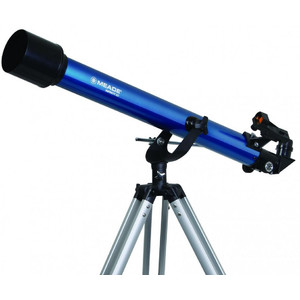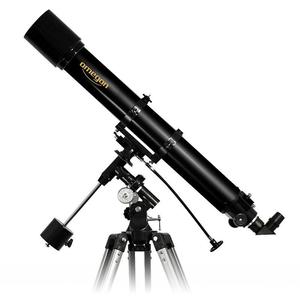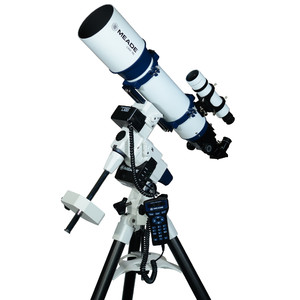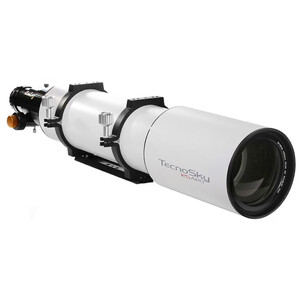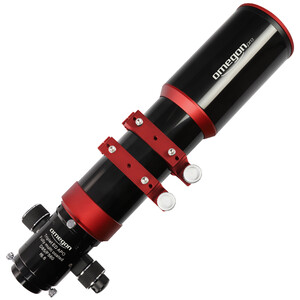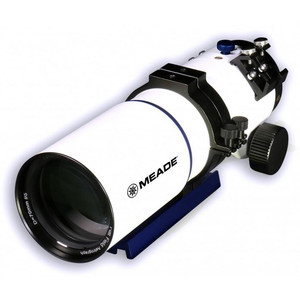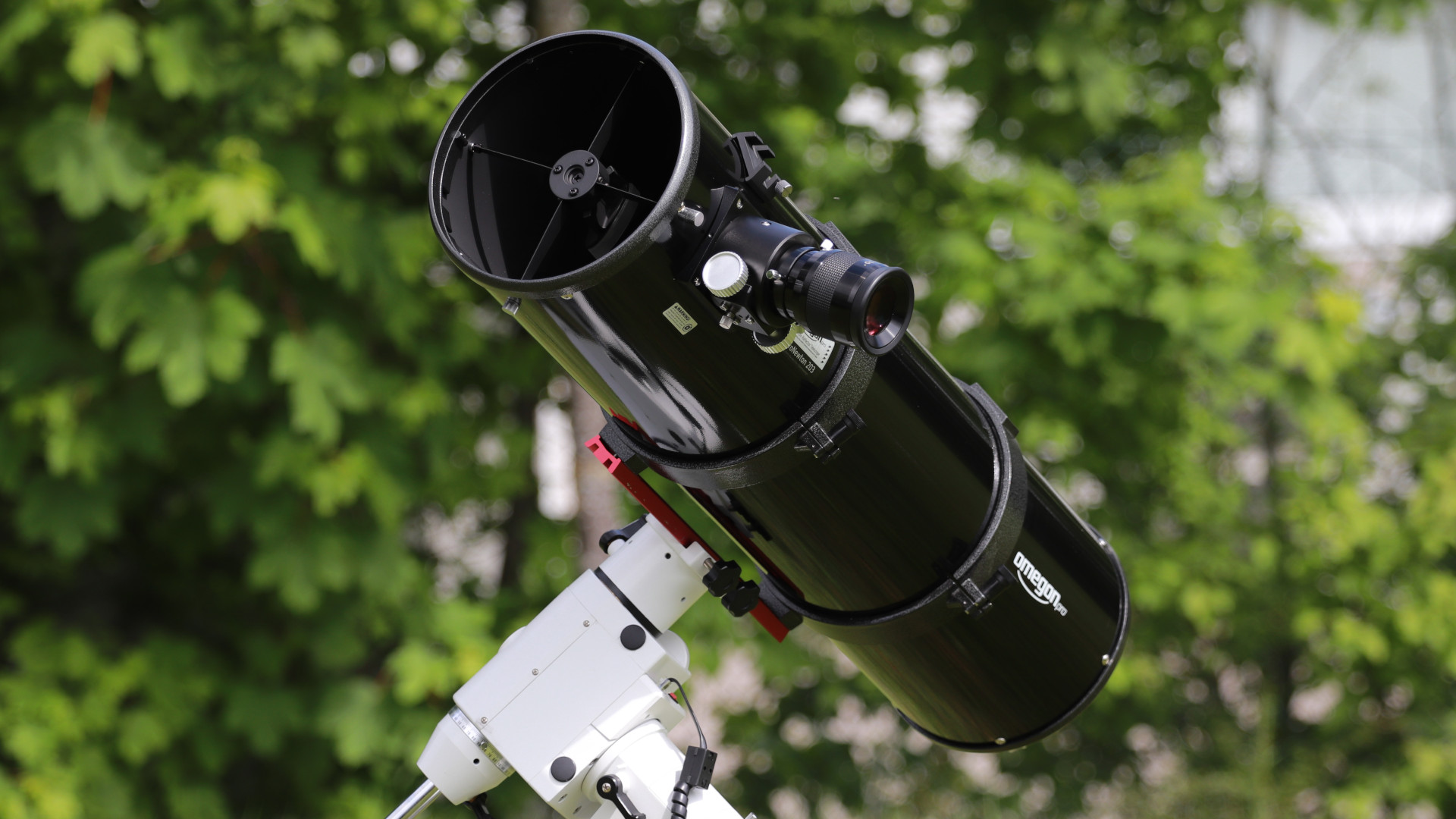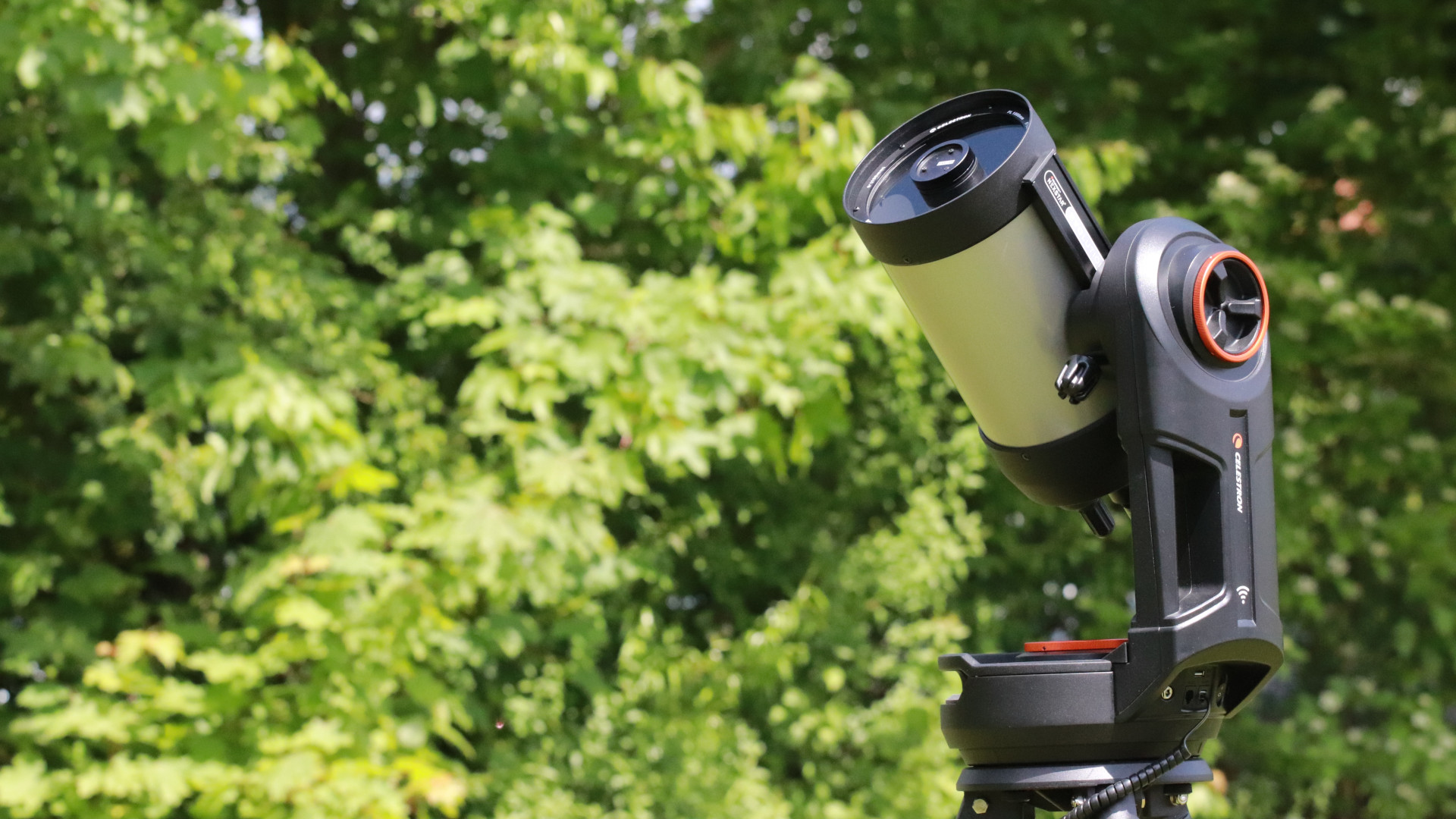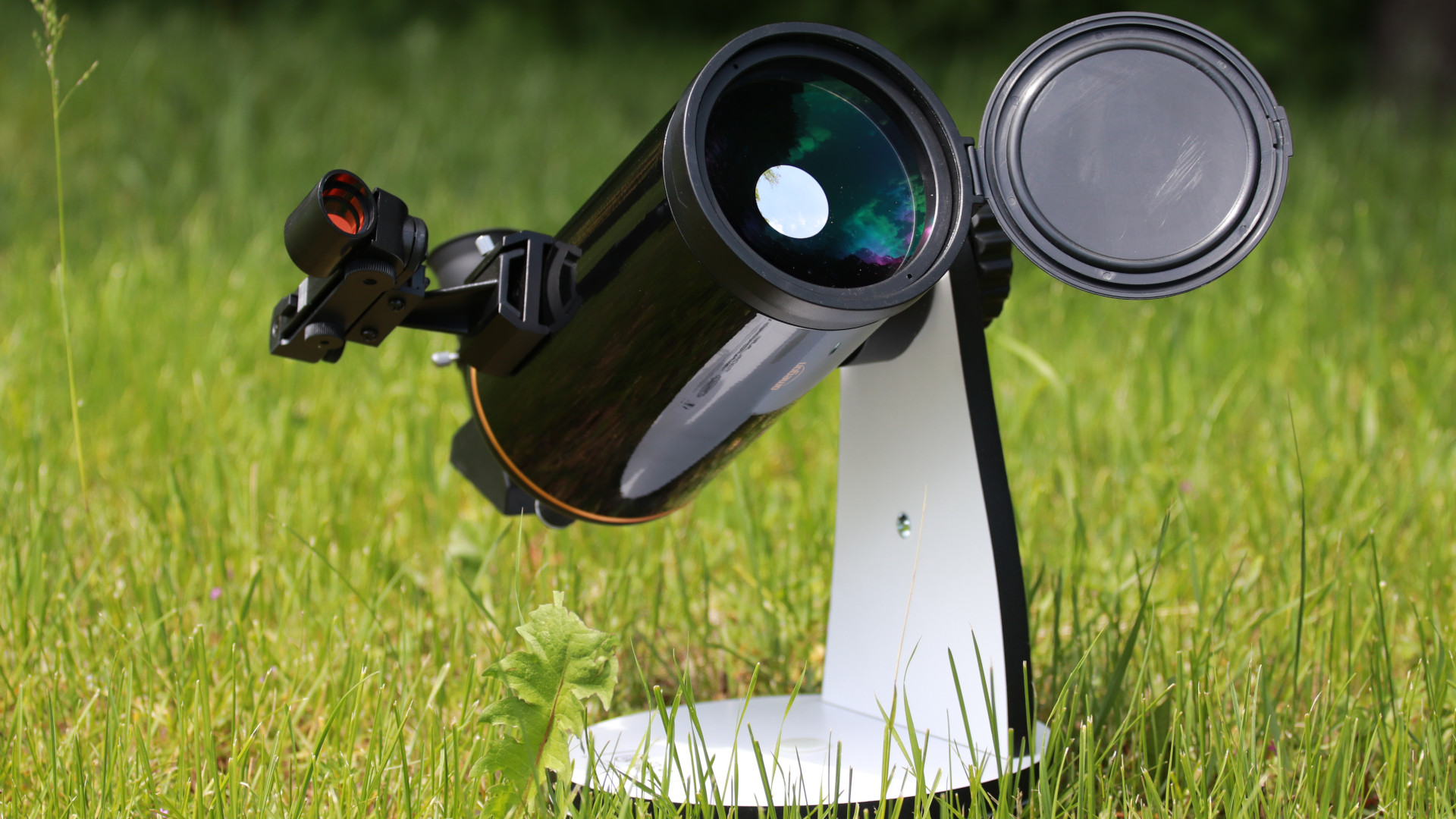Refractor
From the classic lens telescope to the apochromat: here we give you a quick overview of all the important types.
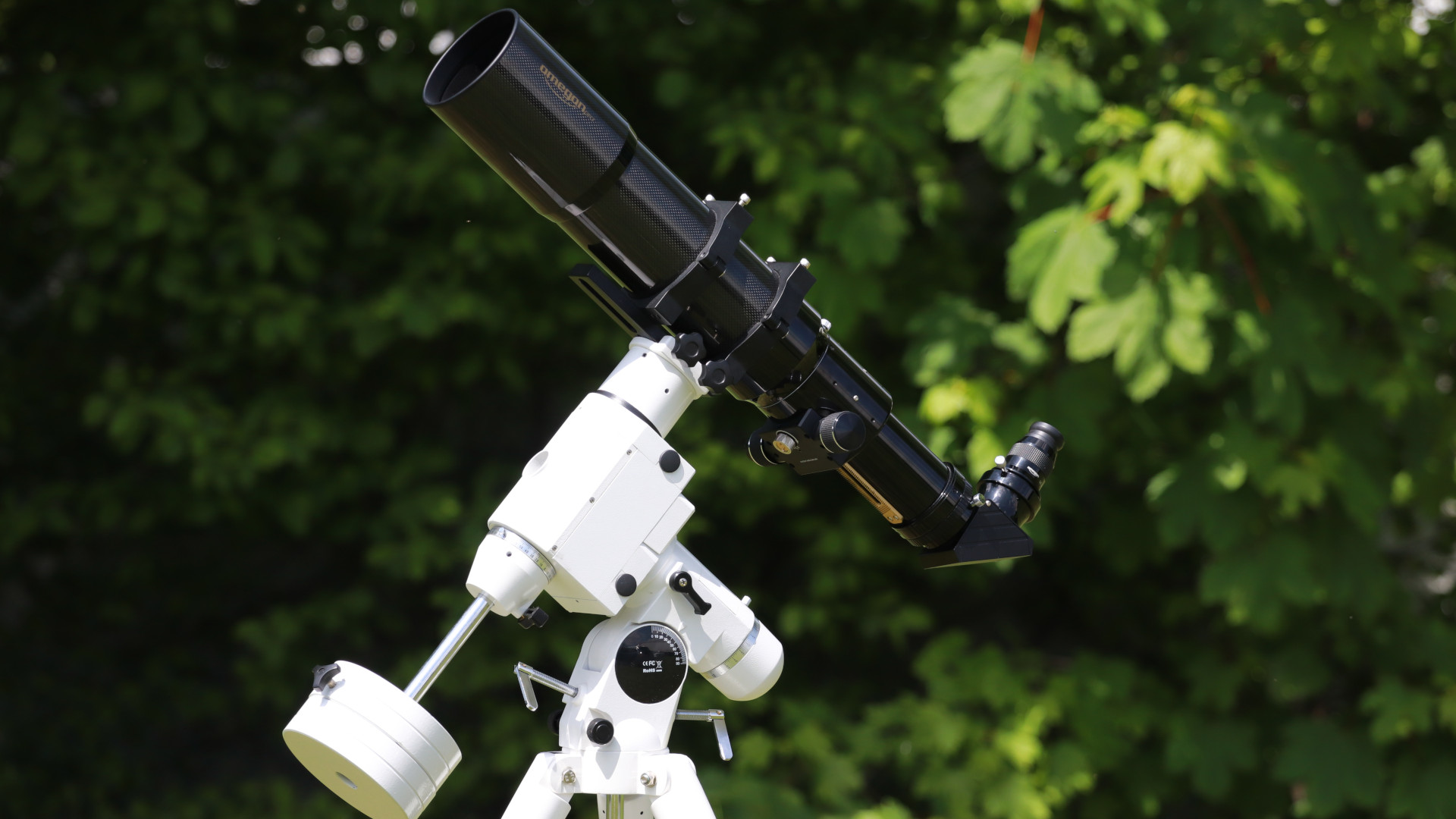
Experts for the Moon and planets
A long thin tube pointing at the sky with an eyepiece on the lower end. Isn't that what telescopes look like? Well sort of. This is how most people imagine a telescope. Find out here what else the telescope can do, besides looking good.
There are these two types of lens telescopes:
- The Galilean telescope
- The Keplerian telescope
Both systems have a simple design. The Galilean system consists of a convergent lens at the front and a divergent lens at the back. These systems are mainly used in opera glasses. Since the exit pupil is located inside the tube (i.e. in front of the divergent lens), it has only a small and, at the edges, diffuse field of view. It is only intended for small magnification. The advantage is that it provides an upright image.
The Keplerian telescope
The Keplerian telescope is also known as an astronomical telescope. It has a convergent lens in the front, in the same way as the Galilean system. At the back, however, it also has a convergent lens, which serves as an eyepiece. The Keplerian telescope's image is inverted. It creates an intermediate image at the focal point. The focal point of the lens coincides with that of the eyepiece. The eyepiece, which, in this case, is a single convergent lens, offers an enlarged view of the intermediate image.
When too many colours are undesirable
"Normal" refractors, which were especially common in the past, have a significant disadvantage: they suffer from colour defects known as image defects or chromatic aberration. This means that different wavelengths of light are refracted differently. For example, blue light is refracted more strongly by the lens than red light.
Because of this, unsightly colour fringes occur around the objects that you want to observe through the telescope. This effect is even more pronounced as you increase the magnification. And not only that: this chromatic aberration can significantly reduce a refractor’s contrast.
The optical experts’ solution
An alternative solution has been found to minimise this effect by building a new type of telescope called an achromatic telescope. An achromatic telescope consists of not one but of two objective lenses, usually made of crown glass and flint glass, that have the effect of a positive and a negative lens. These lenses are curved convex (outwards) and concave (inwards) respectively.
Each of the two lenses has a different refractive index (density) and dispersion (scattering). This alone eliminates most chromatic aberration. Nevertheless, a small amount of colour fringing can still be detected, which is known as the secondary spectrum. Optical designers then developed a so-called apochromatic refractor, which, by introducing a third lens, succeeds in correcting this secondary spectrum. This means: the telescope is now colour-true.
Achromat
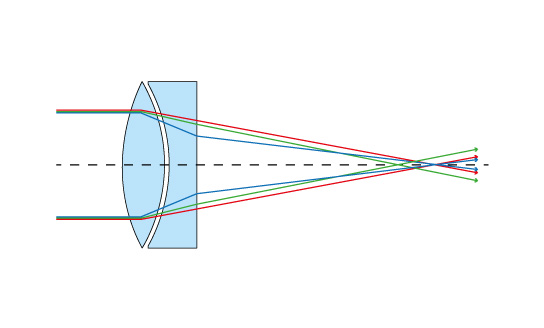
Achromats represent the classic, popular, modern lens telescope design. An achromat consists of not one but of two objective lenses, usually made of crown glass and flint glass, and have the effect of a positive and a negative lens.
Apochromatic refractors: the super telescopes
If you want to buy an apochromatic refractor today, you will find two different types
- A doublet ED apochromat
- A triplet ED apochromat
ED apochromatic refractors are available as a system with two or three lenses. One lens element always consists of ED glass, which ensures colour errors in the overall system are corrected. The two-lens ED apochromats largely reduce chromatic aberration, but cannot eliminate it completely. For this reason, some amateur astronomers also call these telescopes semi-apochromats.
Apochromatic telescope
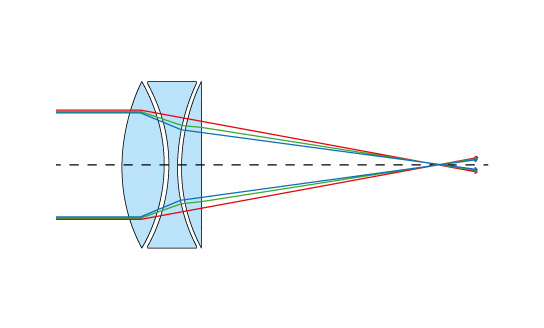
This system is an apochromat, while the two previous ones are known as semi-apos. It typically consists of three lenses. Chromatic aberration is completely corrected.
For some time now, so-called super-apochromats have been appearing on the market. These refractors consist of five different lens elements, usually arranged in two groups. The first group, consisting of three lenses, performs the same function as a triplet apochromat. The second group, consisting of two lenses, corrects field curvature, with the aim of achieving perfect astrophotography.
Telescopes classed as apochromats with a doublet lens have a two-lens objective design. The classification no longer makes a distinction between semi-apos and two-lens apochromats.
The second element is usually made of ED glass (ED stands for extra-low dispersion). However, minor chromatic aberrations are still visible, since only a triplet apochromat with a three-lens construction can completely correct them.
Triplet ED Apochromats
Apochromats with three lens elements are also often referred to as triplet apochromats. Only this telescope design can sufficiently correct unwanted chromatic aberration. The secondary spectrum, the residual chromatic aberration, is corrected by different types of glass and refractive indices. The three-lens ED apochromats reduce chromatic aberration almost completely. The image is not only clear and neutral, but also has particularly high contrast.
Fluorite APO
This apochromat consists of two lenses, one of which is made of fluorite glass. Similar effect to an ED.
The other solution
Another way to reduce chromatic aberration in refractors is to choose ones that have the shortest possible focal ratio. This means: these telescopes must have a long focal length. This also reduces the residual chromatic aberration. However, a rule of thumb says that an achromat’s focal length should be fifteen times its lens diameter, so that you get a good, true-colour image. With a 100-mm refractor, this would be a focal length of 1,500 mm f=1:15. With an even larger refractor, the focal length would be even longer.
However, since this would result in very long refractors, which would be unmanageable, such construction lengths are generally avoided. The formula
focal length (in mm)=aperture(in cm)²/0.1
provides an acceptable compromise.
The 100-mm refractor would then have a focal length of 1,000 mm, or the 120-mm instrument would have a focal length of slightly less than 1,500 mm.
Outsmart chromatic aberration
What should you do if you already own a refractor telescope that suffers from chromatic aberration? Scrap it and buy a new one? No, luckily you don't have to go that far, because there are things you can do.
If you are troubled by minimal colour fringing at all, you can use a minus violet filter, for example. This suppresses the blue colour fringing and simultaneously increases the contrast. However, the image is not completely neutral, but will appear slightly yellowish. Nevertheless, details are easier to make out.
The minus violet filter is a classic, but there are now other filters that also perform this function.
Special filters to help with colour
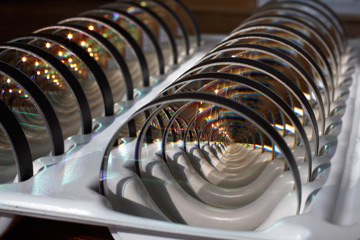
A specially developed filter is the Baader Fringe Killer. It blocks about 50% of the blue light, but lets red and green light pass through. Due to its intelligent construction, the light loss is just 12%. This means that you can confidently use this filter on small refractors.
Another filter is called semi APO filter. Sure: that's a cool product name, but what does the filter really do? Take a refractor with a short focal length of maybe 500 mm. You see a thick blue fringe around bright objects. What happens to the fringe when you screw a semi APO filter into the eyepiece? The fringe around the bright objects disappears. The picture appears even more neutral than with the Fringe Killer. However, with the semi APO filter the amount of light lost is greater, at around 30%. Their advantage: the image is particularly neutral with this filter. If you have a smaller refractor, you are better to use the Fringe Killer, but if you have a refractor from 100 mm - 120 mm, a semi APO filter will be money well spent.
A refractor is a nice instrument when it is properly colour-corrected. However, a large refractor, which should offer a lot of light, is relatively expensive and also bulky. So let's take a look at mirror telescopes.
Recommended refractors
